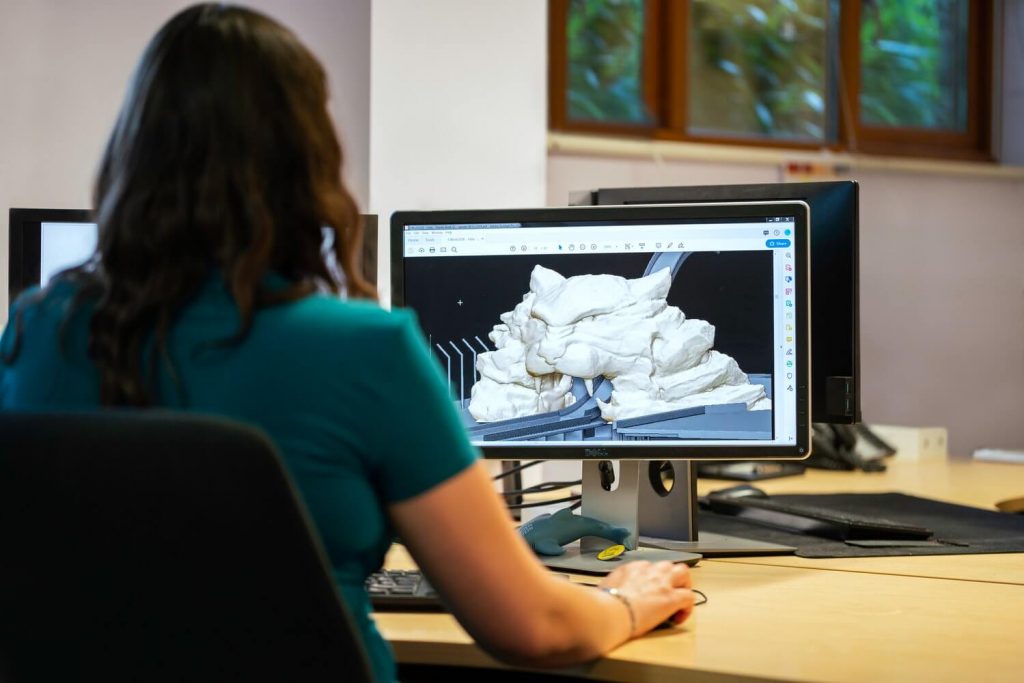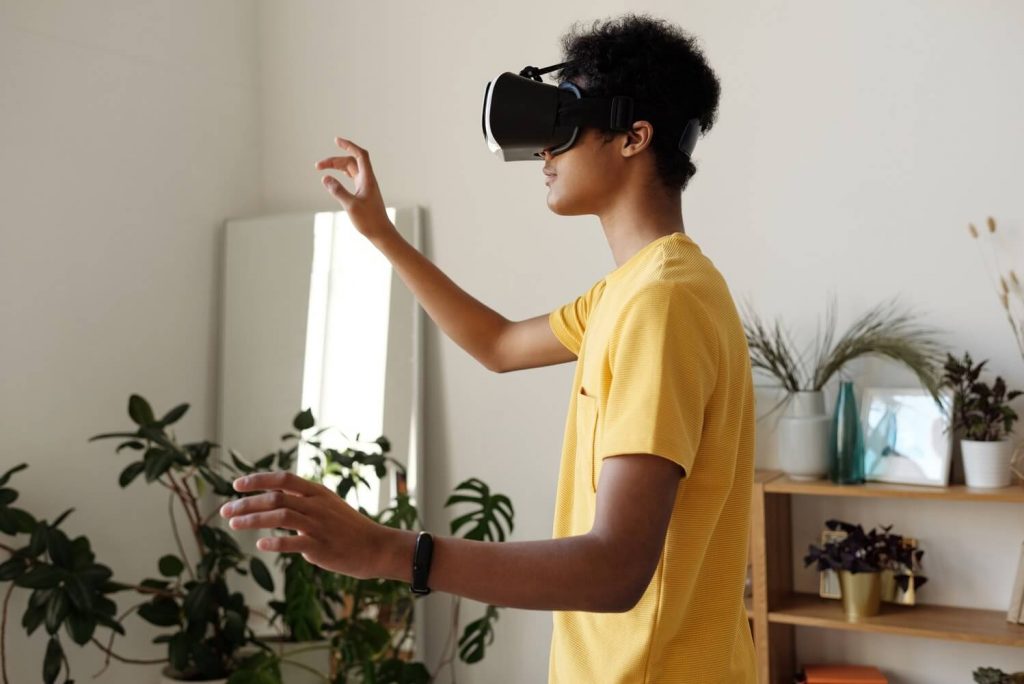In today’s world, everything – including education – has changed. Computers and SMART boards have replaced traditional chalkboards. Tablets and iPads have taken over notebooks and pens. Most importantly, virtual reality has infiltrated the educational system and can now be found in modern education.
Virtual reality education has a wide range of benefits for both teachers and students. For starters, it makes the learning process easier and practical. It equally helps struggling students catch up with the rest of the class.
However, not every school teacher has figured out the intricacies of integrating virtual reality into modern education. As such, we have outlined five ways virtual reality technology can be used in modern classrooms.
Virtual field trips
Virtual reality can transform ordinary moments into magical ones. For many students, field trips are fun but far too exhausting. From riding on a bus for hours to accidentally stepping in a pile of manure, there’s so much that could go wrong on a field trip. However, with virtual field trips, students can travel anywhere in the world without even leaving their seats.
Have you ever thought of a history class where students get to see historical landmarks in real time? It’d definitely be a magical moment for all the students. Not only would a virtual field trip make the class more interesting and exciting but it would also speed up the learning process and improve retention.
Distant learning
Living through a global pandemic has taught the world two things. First, it’s important to wash your hands all the time. Secondly, distance learning is actually an achievable feat. One of the best things about virtual reality is that it helps people attend classes, no matter how far away they may be.
Not everyone wants to sit in a stuffed classroom when they can easily attend the lecture from the comfort of their homes. Luckily, with virtual reality, more and more students can now attend lectures online and still experience the classroom-like effect that comes with attending physical lectures.
Learning games
Studies have shown that the best way to teach a child (and even some adults) is through the use of games. With virtual reality, teachers can approach the learning process from an entirely different perspective.
Virtual reality games have an edge over regular learning games because they are far more interactive. These VR games help students easily memorize everything they have learned in class.
In-depth language learning
Learning a second language is a tough feat for anyone. As such, many language teachers tend to use the immersion technique to help students master the language in question. Instead of simply taking down notes in the classrooms and reading theoretical texts, students are encouraged to practice and “live” the language.
For instance, students may be required to speak only the target language during classes. However, practicalizing a language has certain constraints and limitations. This is where virtual reality comes in.
With VR, students can easily simulate real-life conversations and practice their conversational skills. This way, language learning becomes swifter and more productive.
Modeling and simulations
Virtual reality helps students test and assimilate a wide range of concepts or theories through modeling and simulations. For instance, with VR simulations, medical students can learn the act of dissecting without having to get their hands covered in blood.
Similarly, an architecture student can learn the intricacies of architectural designing and modeling by using VR simulations. These simulations provide students with realistic, first-hand experience of concepts, thereby enhancing the learning process.
In fact, the possibilities that come with using virtual reality in the classroom are endless. As long as the educational system makes provision for more VR-oriented classrooms, students are guaranteed to gain more knowledge and get better grades.

Why do schools need virtual reality education?
Inasmuch as virtual reality has significantly infiltrated modern education, not many teachers and parents are comfortable with implementing this novel form of teaching. Many classrooms in today’s world are still stuck with traditional teaching methods and techniques.
Wondering why this situation has to change? Here are some reasons why schools need to adopt and implement virtual reality in modern education.
Valuable experiences
Can you imagine what it would be like to take a curious child to the sunken wreck of the Titanic? What if you could transport students to see Shakespeare’s birthplace? It sounds unbelievable, doesn’t it? However, with virtual reality, going on awe-inspiring adventures like these is as easy as snapping your fingers.
Students can gain once-in-a-lifetime experiences that would shape their future without even leaving the classrooms.
VR makes learning fun for all parties
Learning can be tedious for both teachers and students. As a teacher, droning out notes to a bunch of bored students is definitely not a pleasant experience. Students don’t have it easy either, judging from the way they constantly fidget during each lesson.
However, virtual reality technology puts a new spin on things and makes each class more interesting. For instance, students can go on virtual trips to get a first-hand experience of geographical locations instead of simply reading about them.
Promotes creativity in modern education systems
With virtual reality, students can experiment and flex their creative muscles. For example, during language learning classes, the use of VR to simulate realistic conversations can help students form creative sentences instead of simply depending on textbooks.
This way, students can think for themselves and enjoy a more independent learning process.
Reduces dropout rates for online courses
Almost every online learner has dropped out of an online course before. In fact, studies have shown that the dropout rates for online courses are alarmingly high. This is because many remote students tend to feel less connected or isolated from the rest of the class.
However, VR classes are quite different from the regular online classrooms. They give students the opportunity to ask questions and feel more invested in the lesson.
As such, remote students can enjoy a more classroom-like experience without feeling disconnected from the learning process.
Making virtual reality a reality in modern education
With more schools adopting a VR-oriented education model, it’s only a matter of time before virtual reality becomes an essential element for every teacher-student interaction.
But how can teachers hop on this train and make virtual reality a reality in their classrooms?
Well, the first step to creating an impressive VR experience for students is to draft a good script. For instance, if you’re integrating VR into a language learning class, you would need a great script to simulate a realistic conversation. This way, students can easily go with the flow and come up with their own sentences. If you aren’t sure how to go about this, you could hire expert essay writers to help you draft the perfect script.
Final thoughts
Virtual reality technology helps to break the barriers of traditional education by unlocking a whole new world of imagination and creativity.
When this phenomenon is fully integrated into the educational system, schools would begin to churn out more independent, fast-thinking students.
It’s an exciting prospect for everyone as it guarantees easier learning and a better student-teacher relationship.



